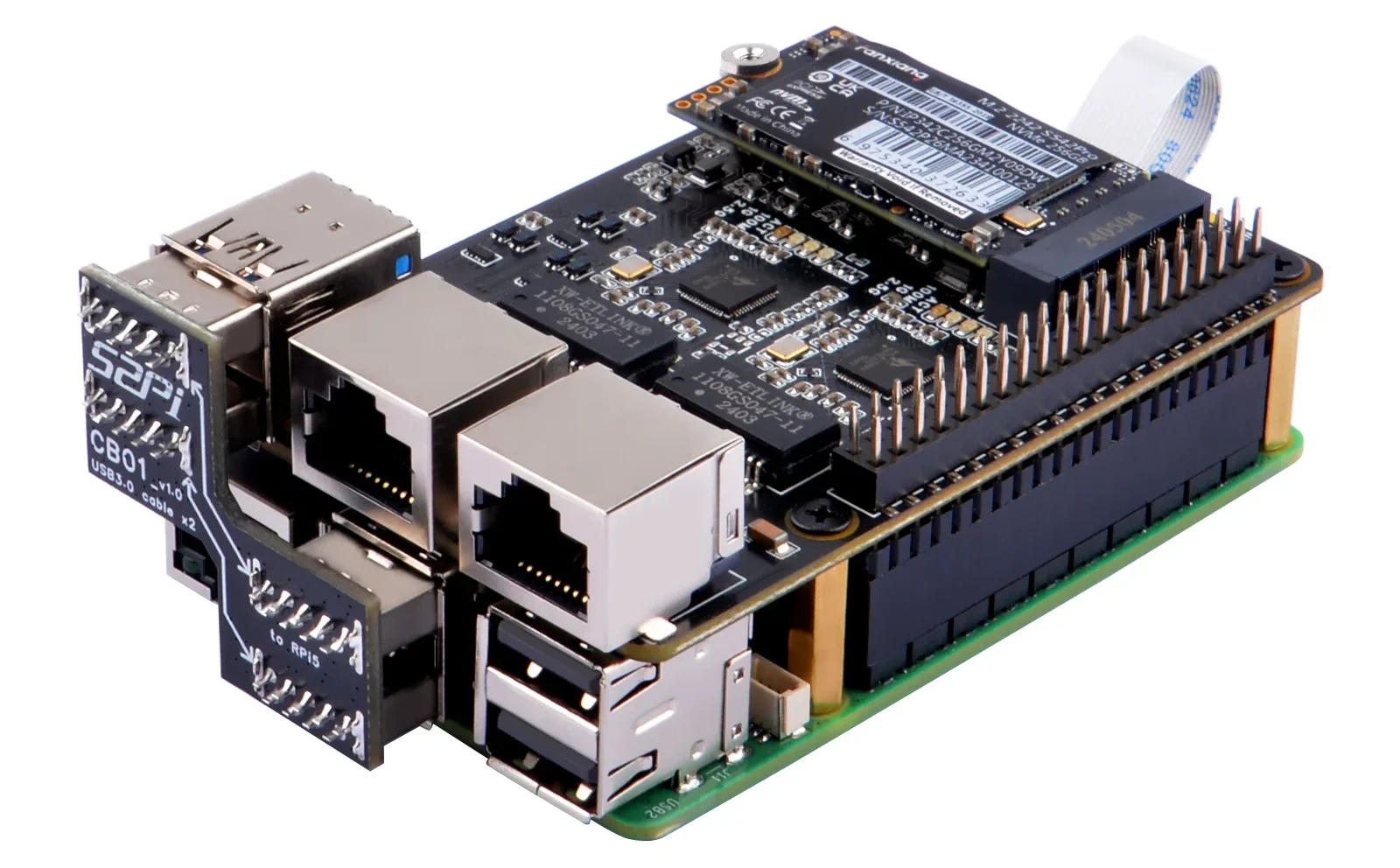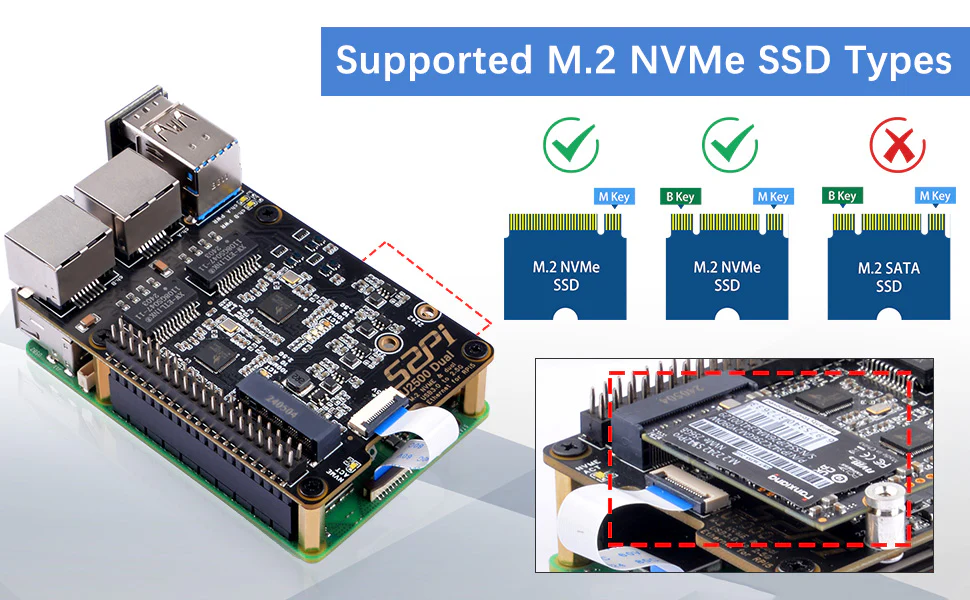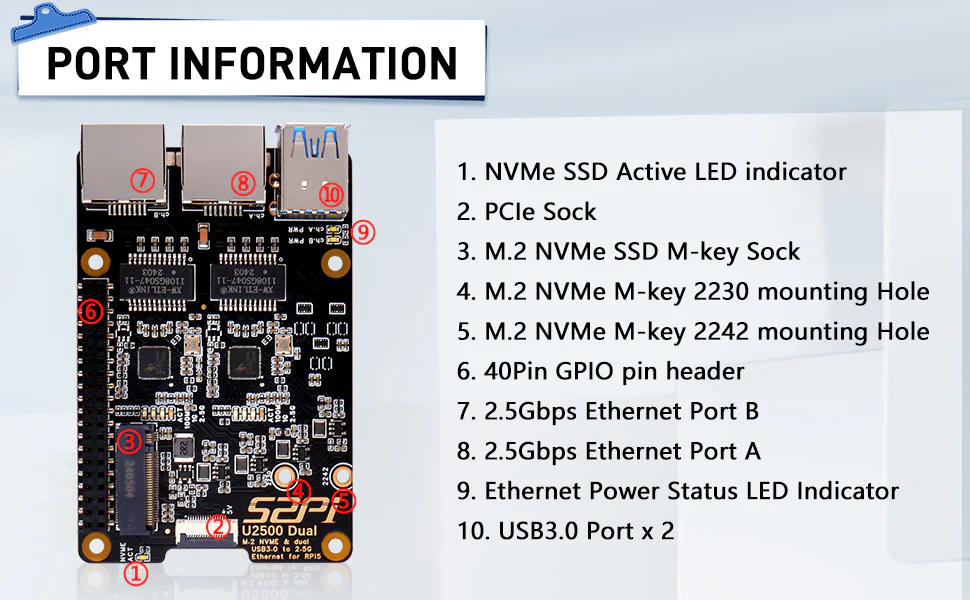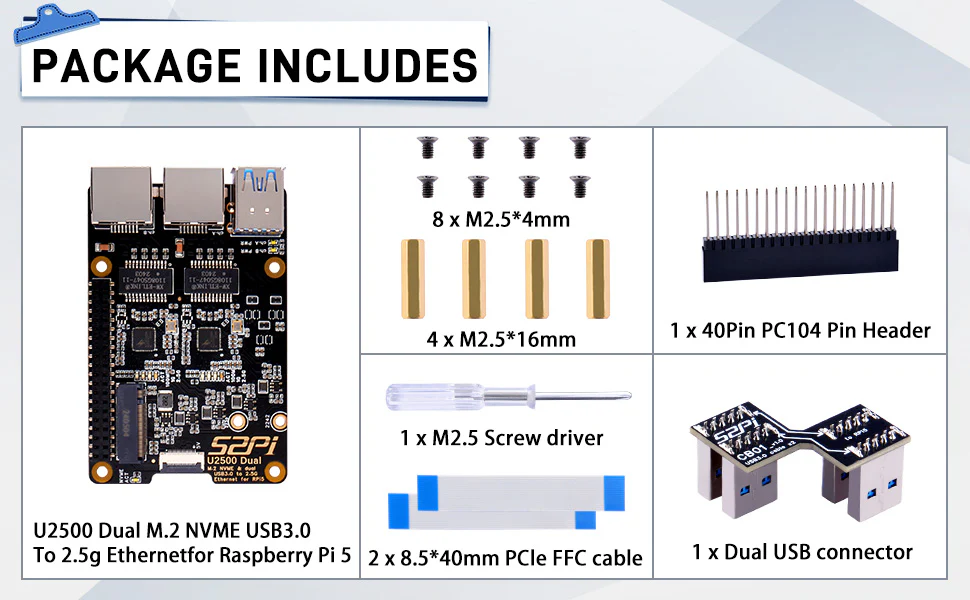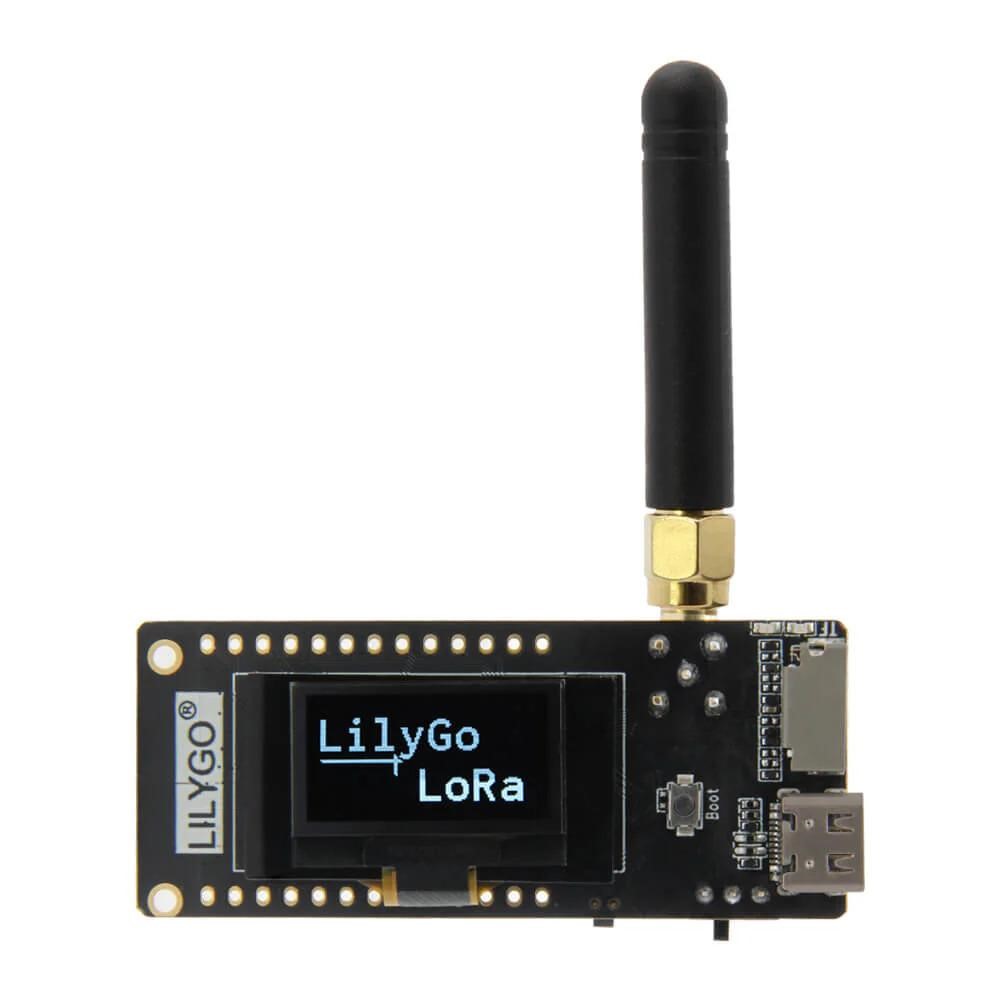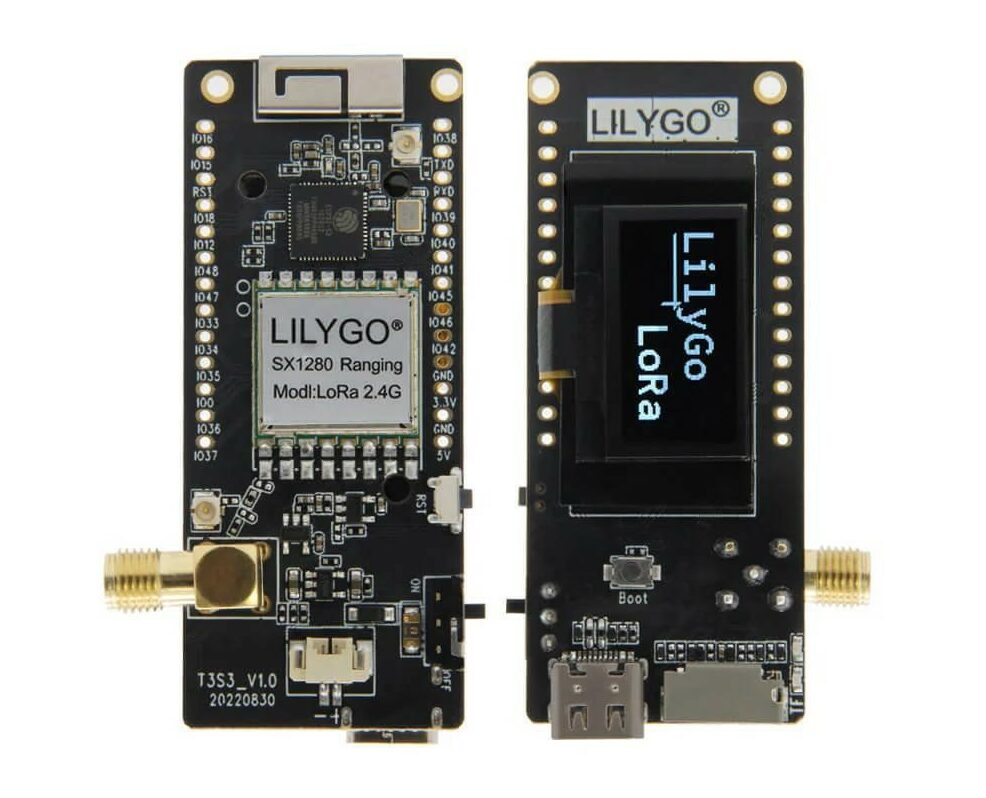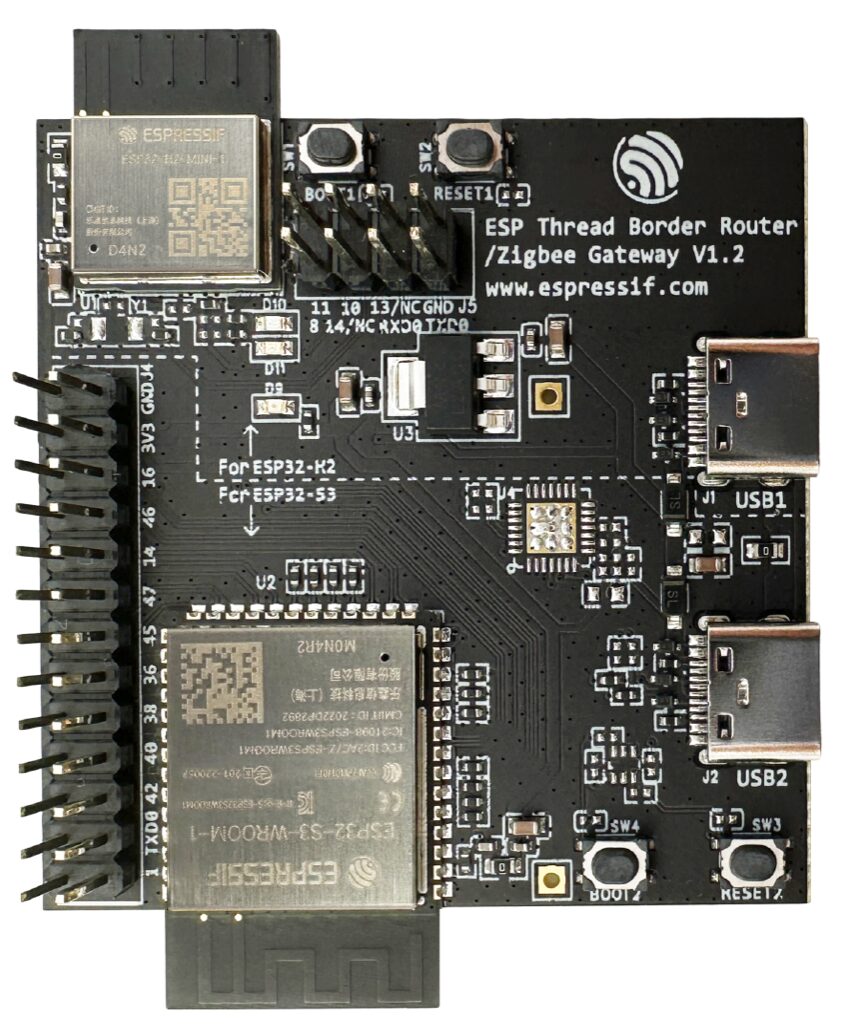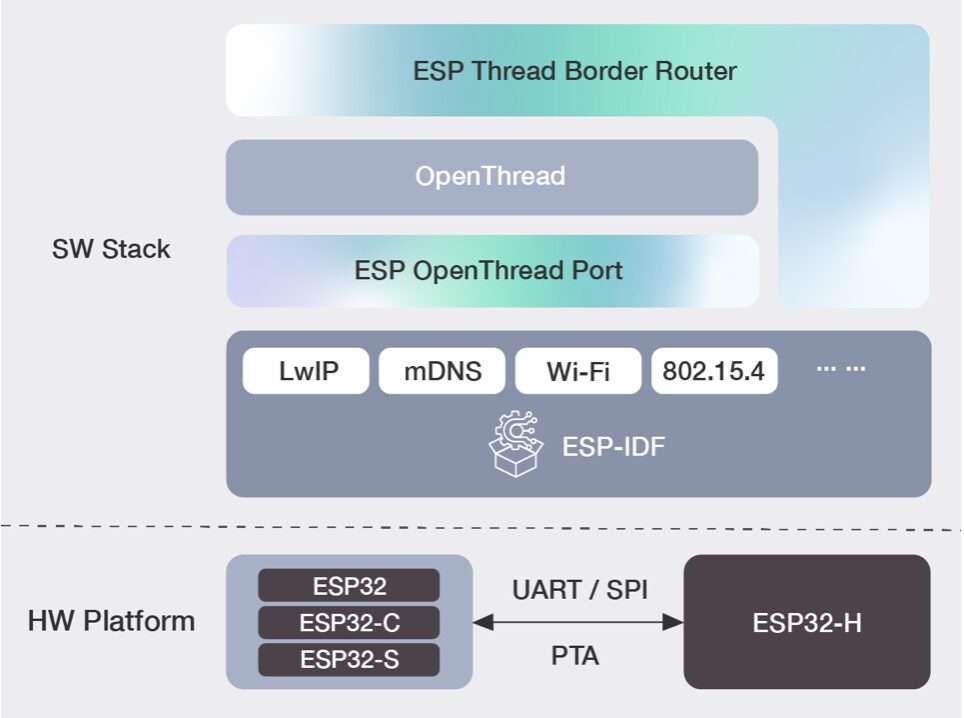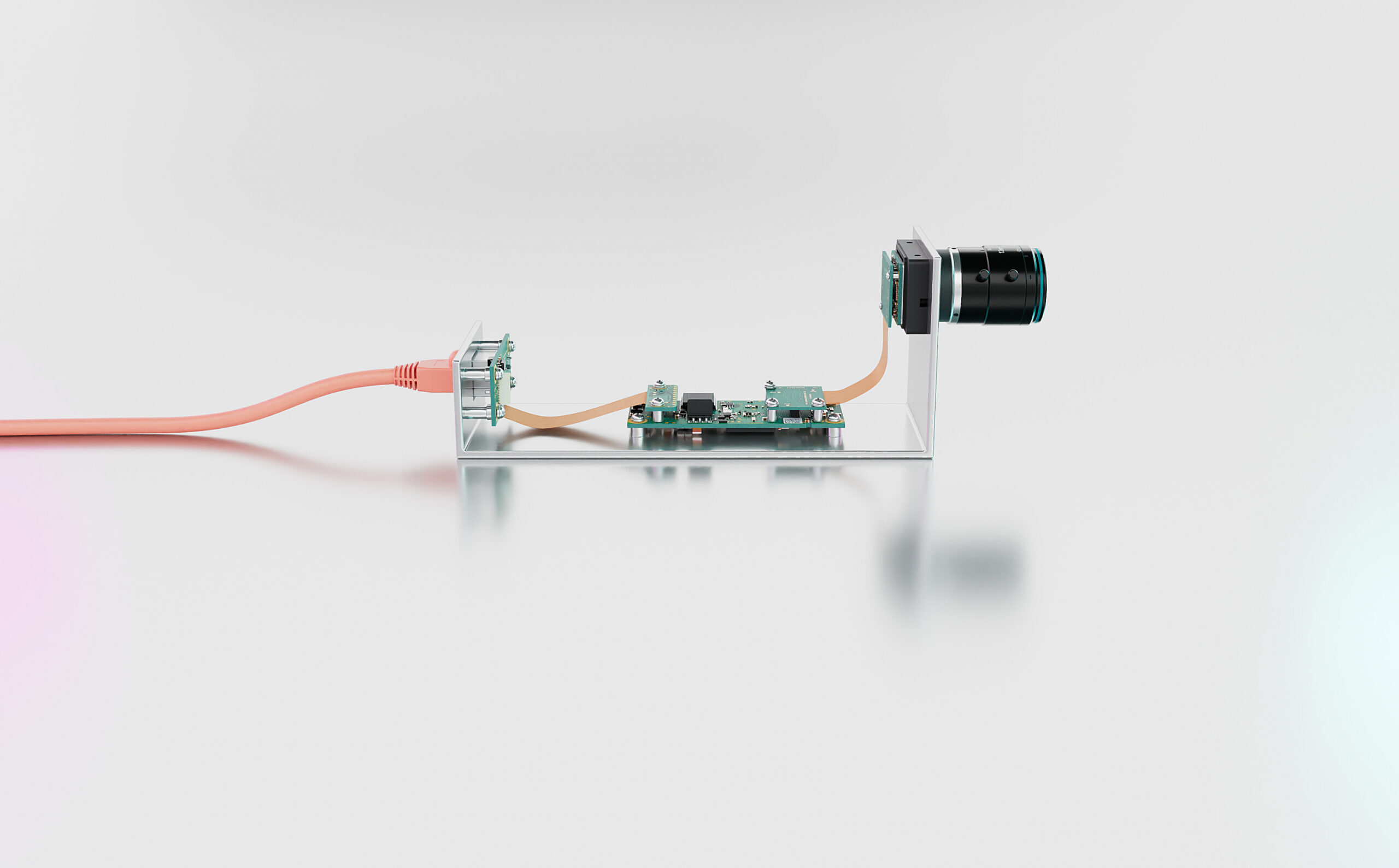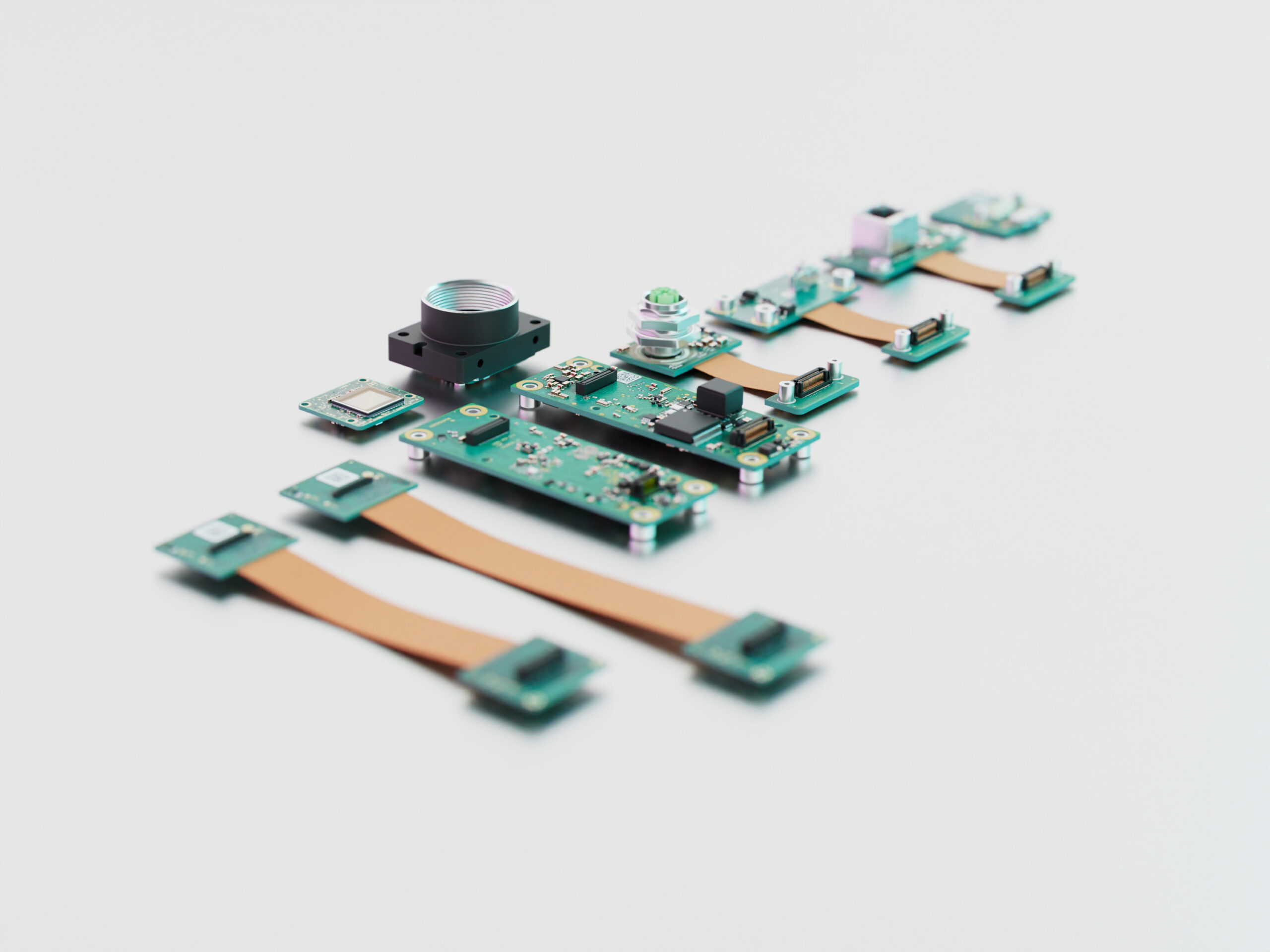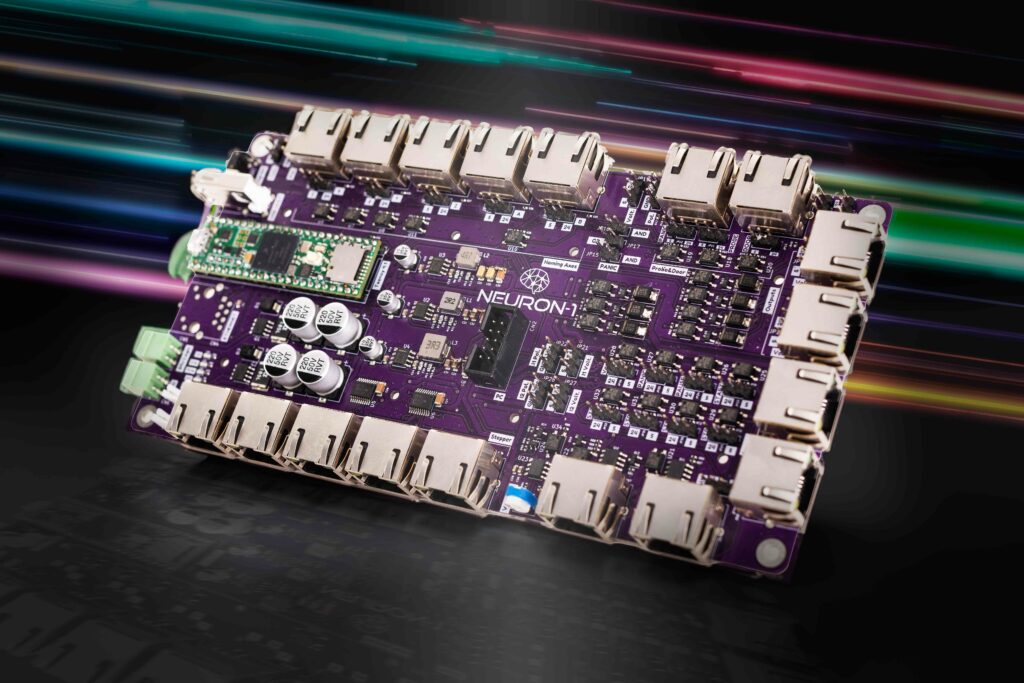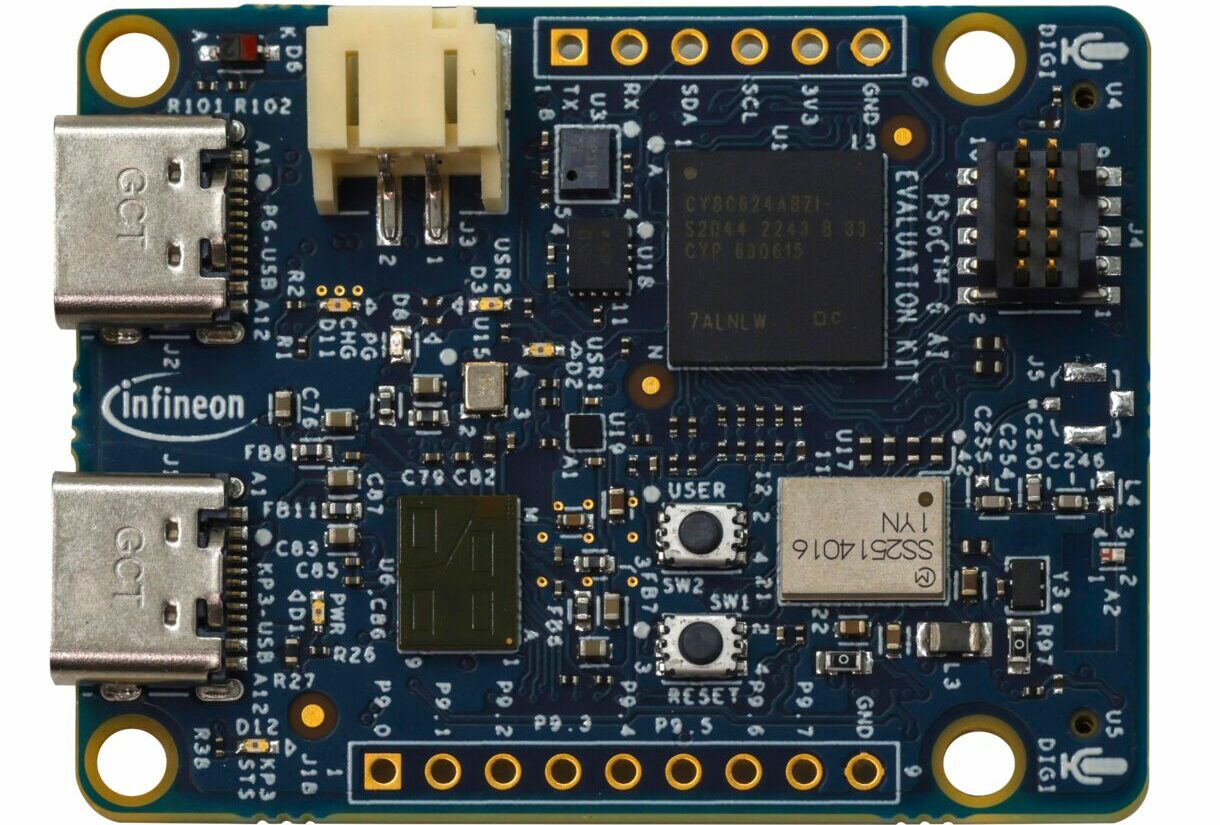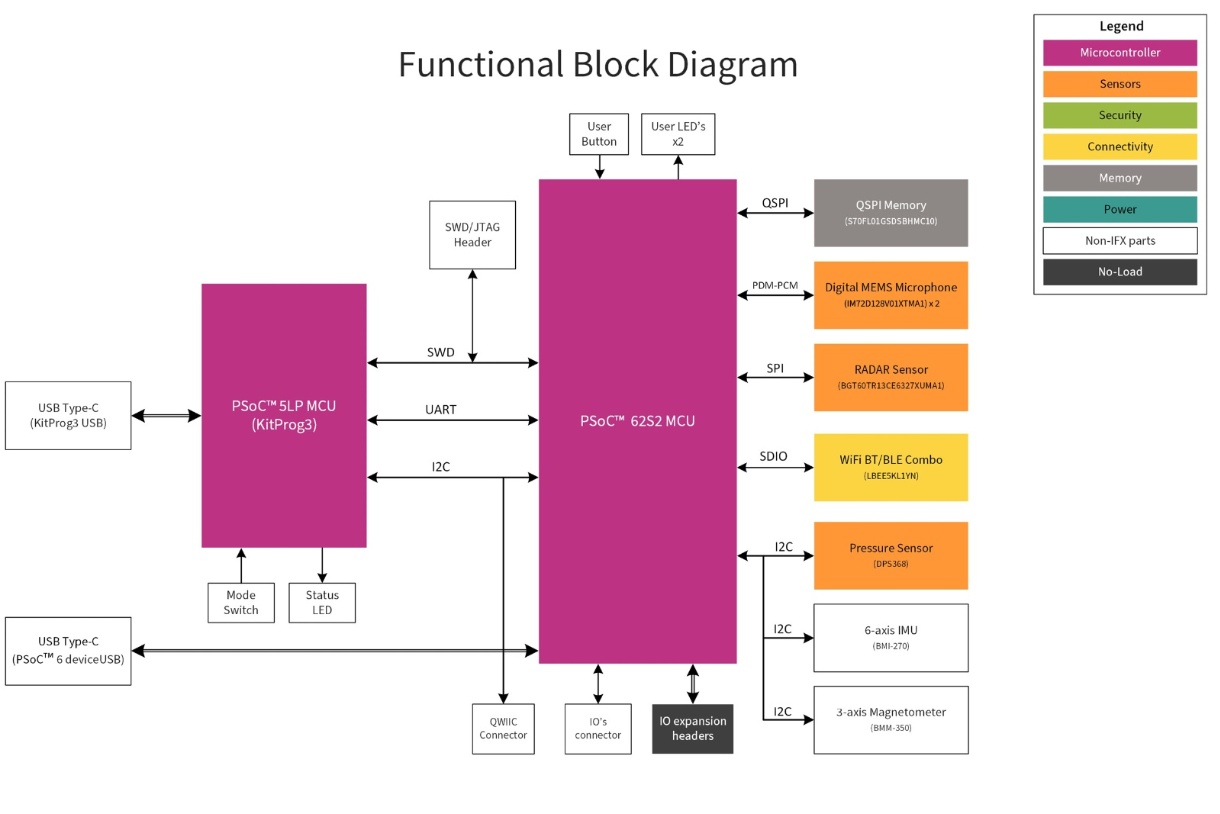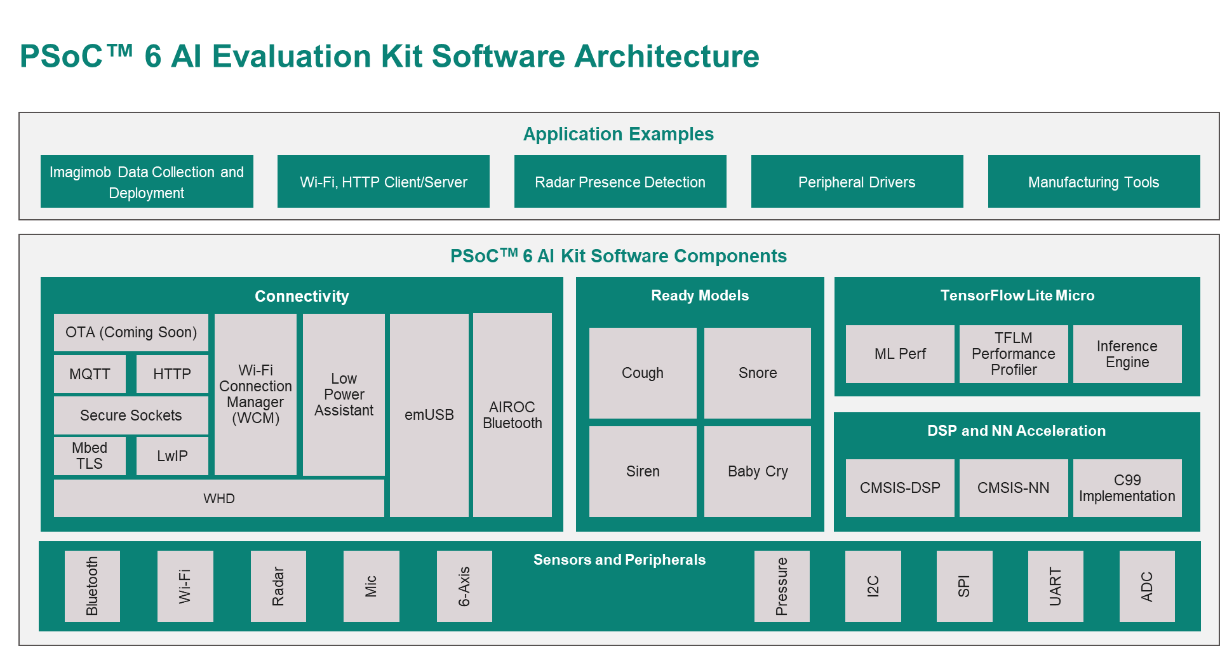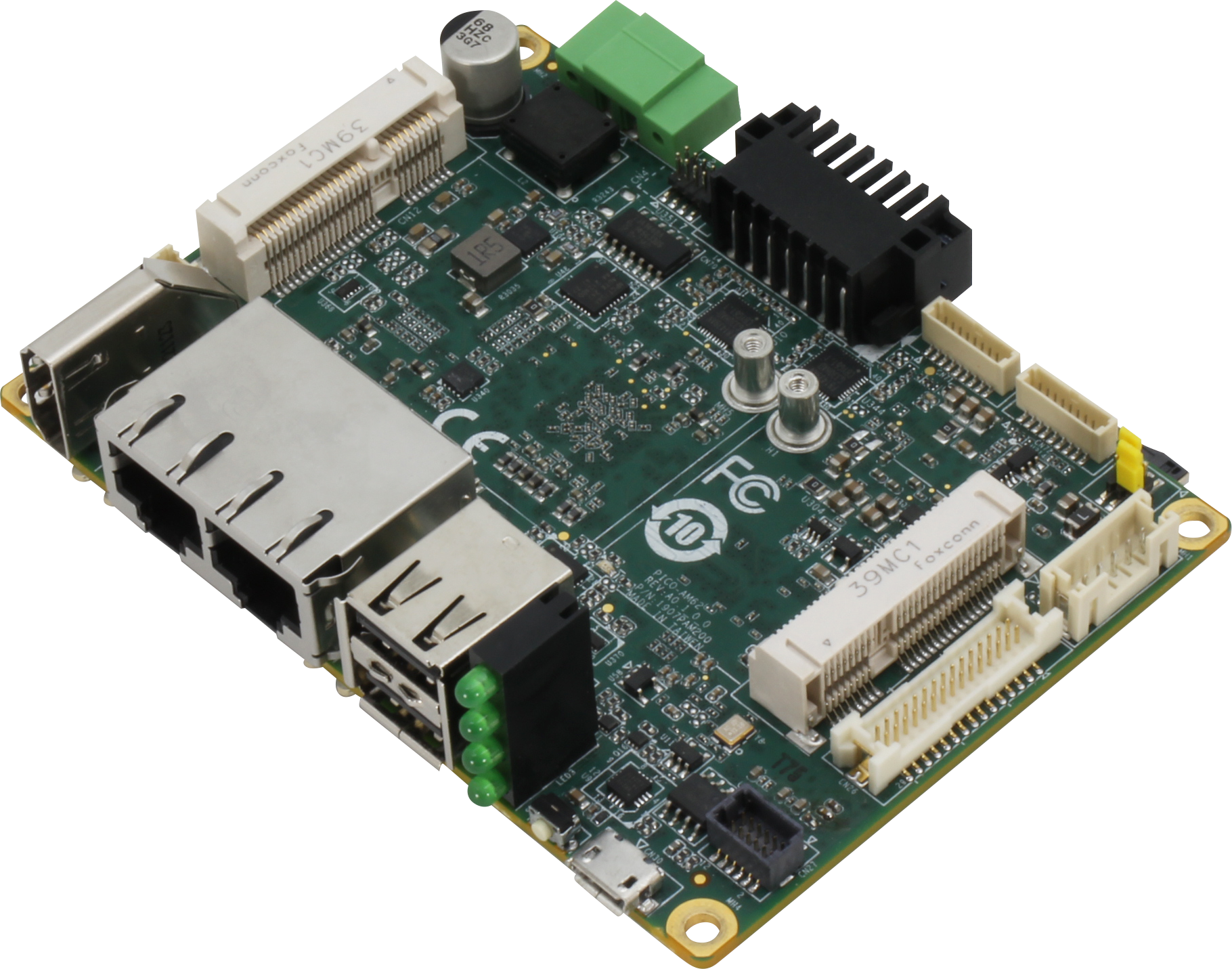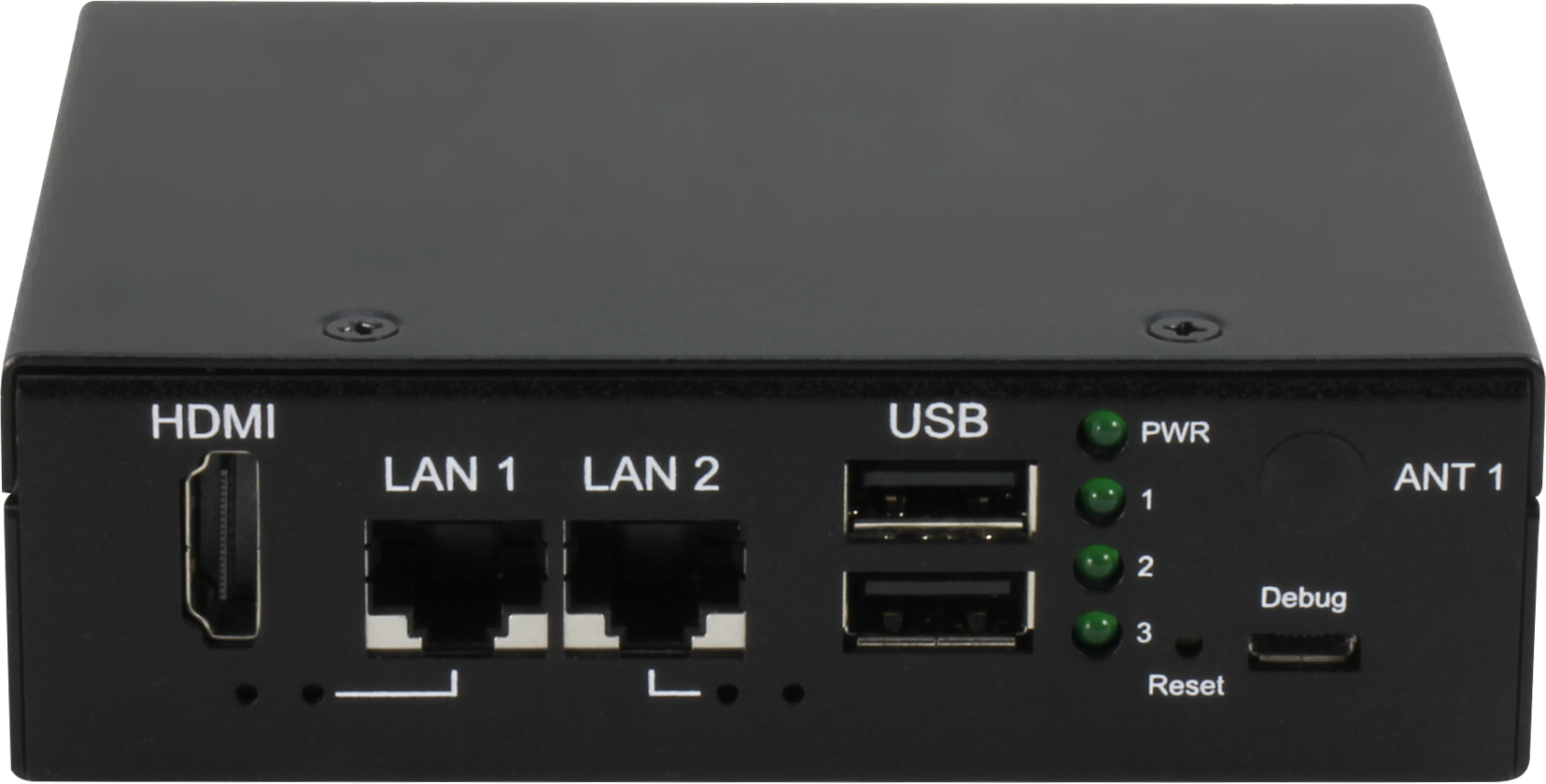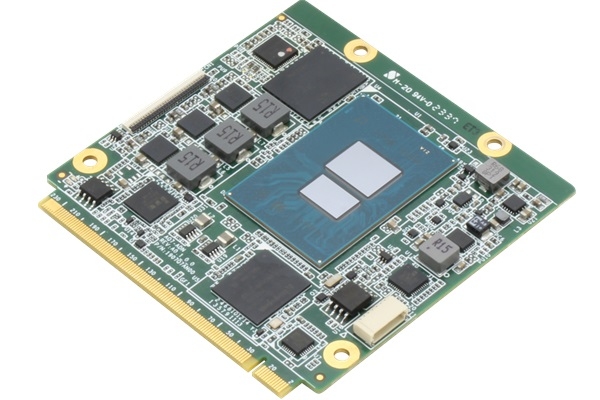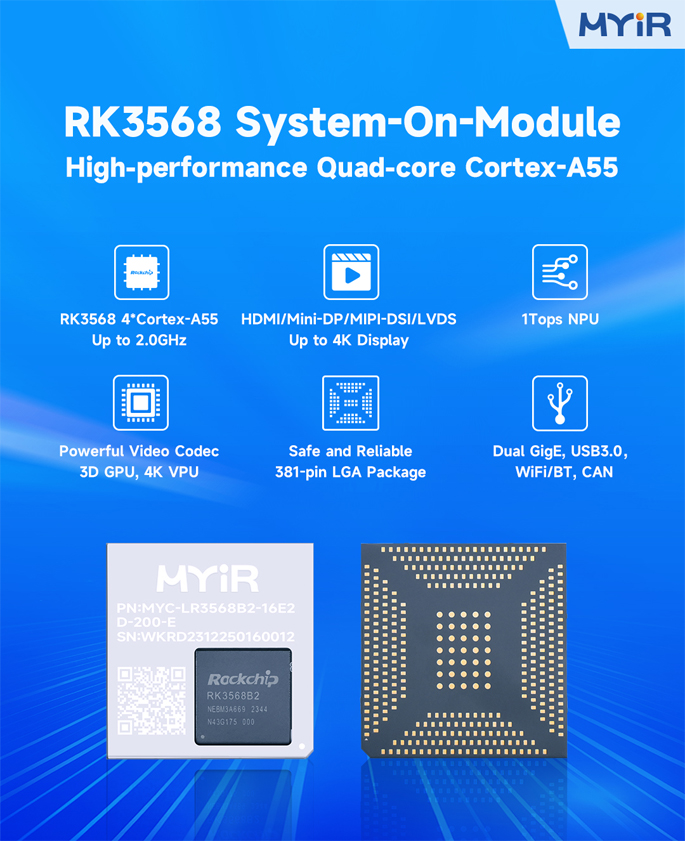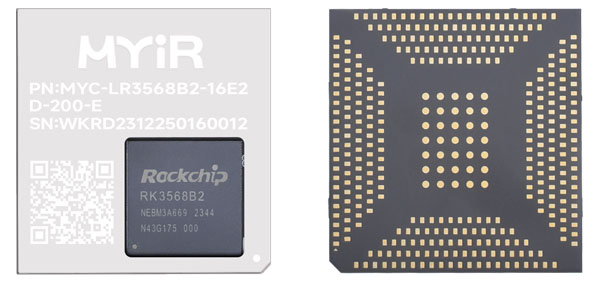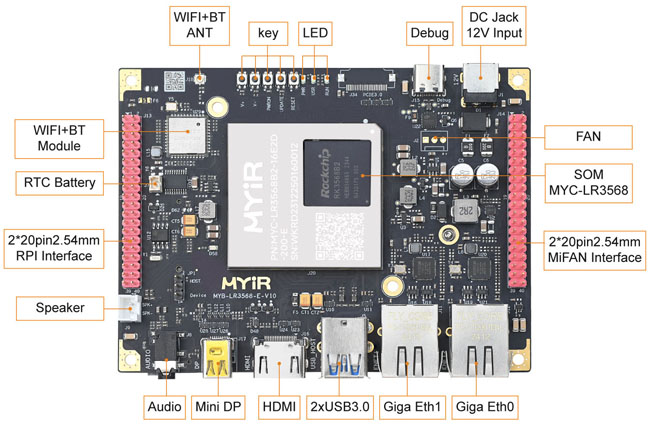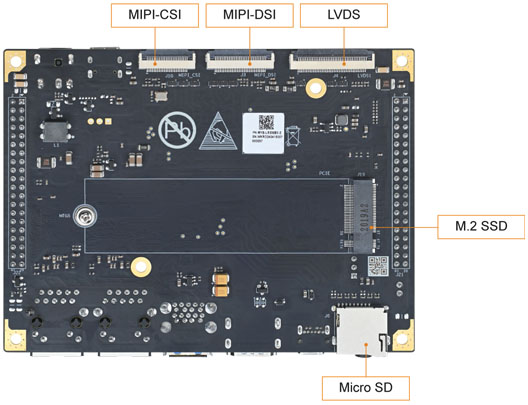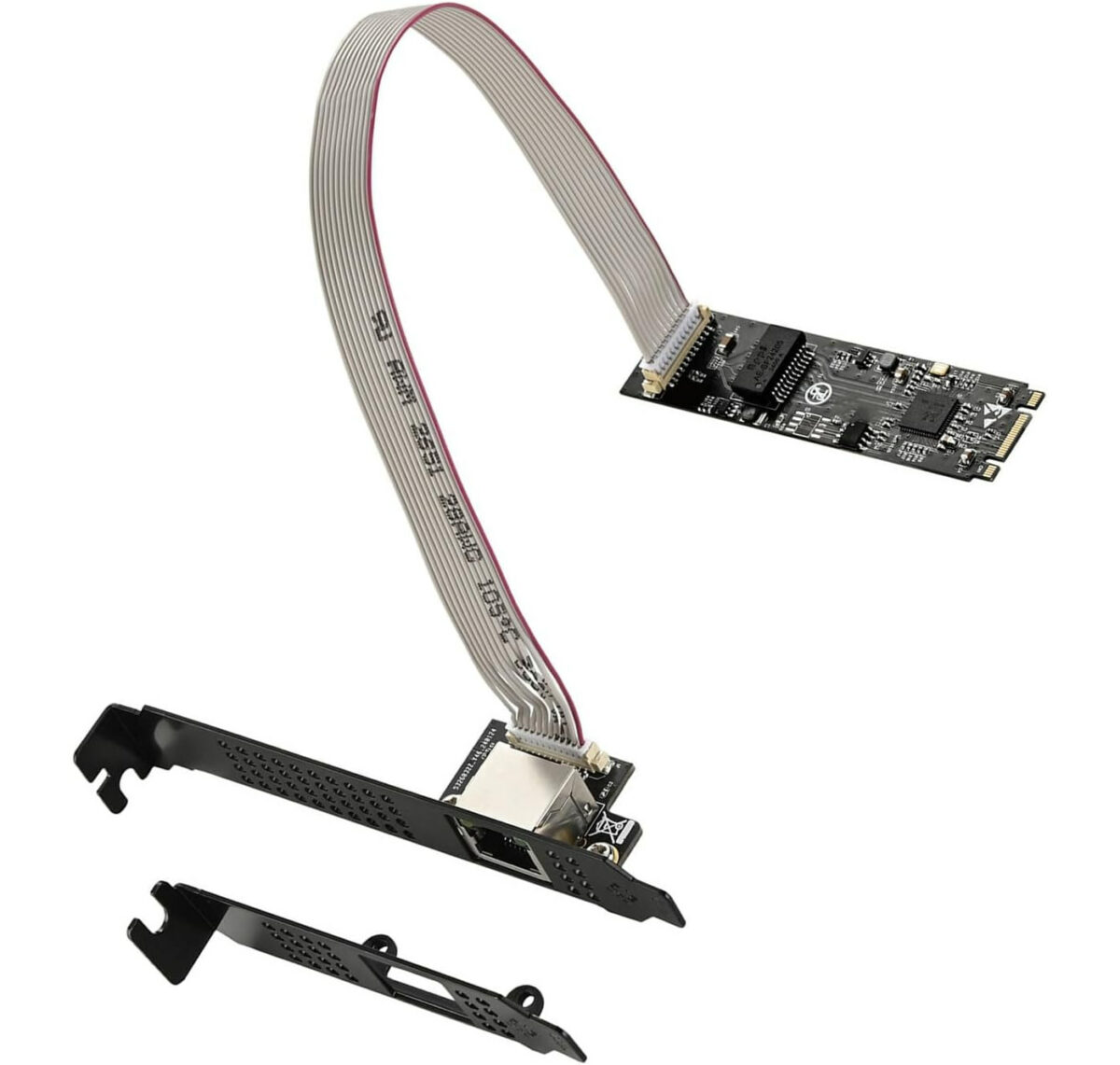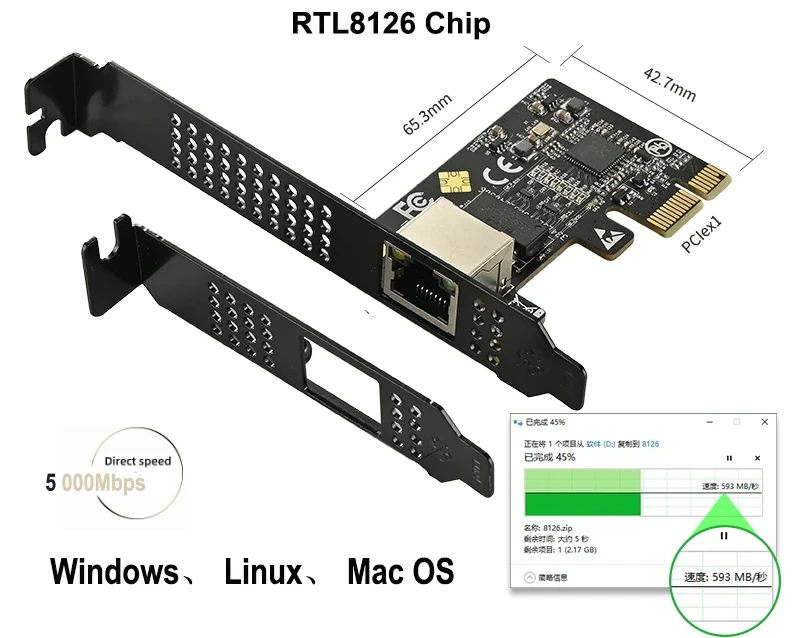52Pi W01 U2500 HAT is an expansion module designed to add 2.5GbE Ethernet and M.2 NVMe SSD to Raspberry Pi 5. This configuration makes it easy for users to build NAS, databases, media servers, and other applications with the Pi5.
The U2500 supports M.2 M-key NVMe SSDs (2230, 2242, 2260, and 2280) with 2.5 GbE Ethernet with a Realtek RTL8156BG chipset. For fast access and support the M.2 SSD is connected directly to the Raspberry Pi’s PCIe port that supports Gen2 & Gen3 standards. But one of two 2.5GbE ports gets connected to a USB port of the Pi using a special adapter that ships with the product.
Previously we have written about products developed by 52Pi including the 52Pi NVMe M.2 HATs and other PCIe HATs for the Pi5 like the Raspberry Pi AI kit, the PI-5 connector adapter, and much more, feel free to check those out if you are interested in the topic.
The HAT converts two USB 3.0 ports into two Gigabit Ethernet interfaces, ideal for web servers and IoT projects. It mounts securely onto the Raspberry Pi 5 with four holes, leaving the 40-pin GPIO header accessible.
- Form Factor: Raspberry Pi HAT
- Compatibility: Raspberry Pi 5 (exclusive!)
- Storage:
- M.2 NVMe (M-key)
- 2230/2242 SSD sizes supported
- Networking:
- Dual 2.5 Gigabit Ethernet ports
- USB 3.0 to Ethernet conversion
- Interface: PCIe x1 (for NVMe)
- Power: Draws power from Pi’s USB ports (no external needed)
- Misc: LED indicator for M.2 disk activity.
- Dimensions: 85 x 56 x 15.15mm
The package comes complete with everything needed to mount the HAT onto your Raspberry Pi 5. Included are the W01 U2500 HAT, screws, PCIe cables, pin header, copper pillars, an SSD securing pillar, and a screwdriver for easy installation. More information about this HAT can be found on the Wiki Page.
This U2500 HAT is available for $49.99 on the 52Pi online store. However, note that the Wiki page for this product is not available as of the publication date.


